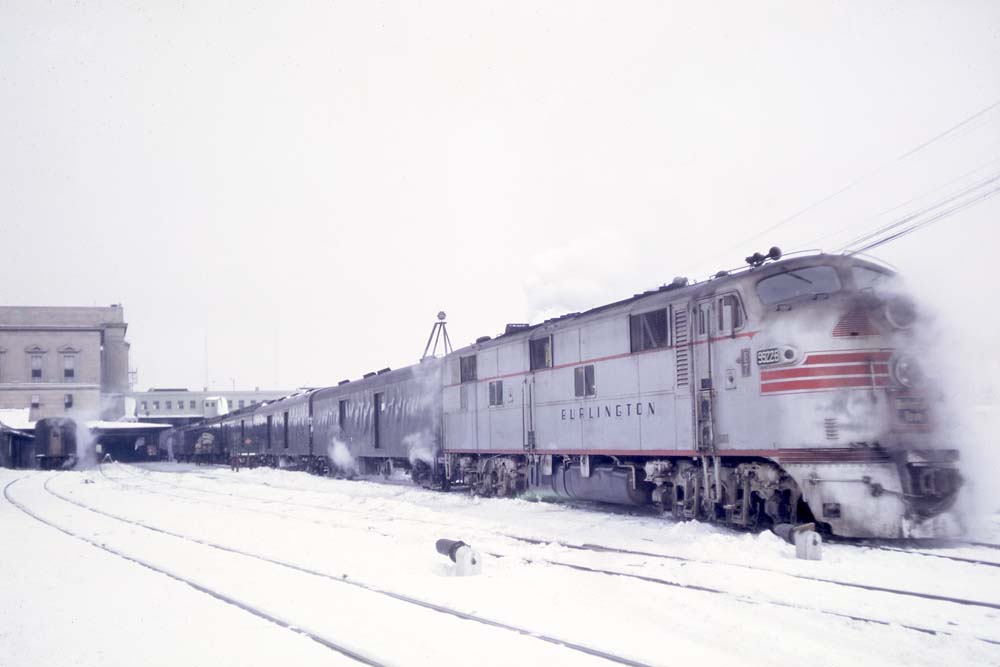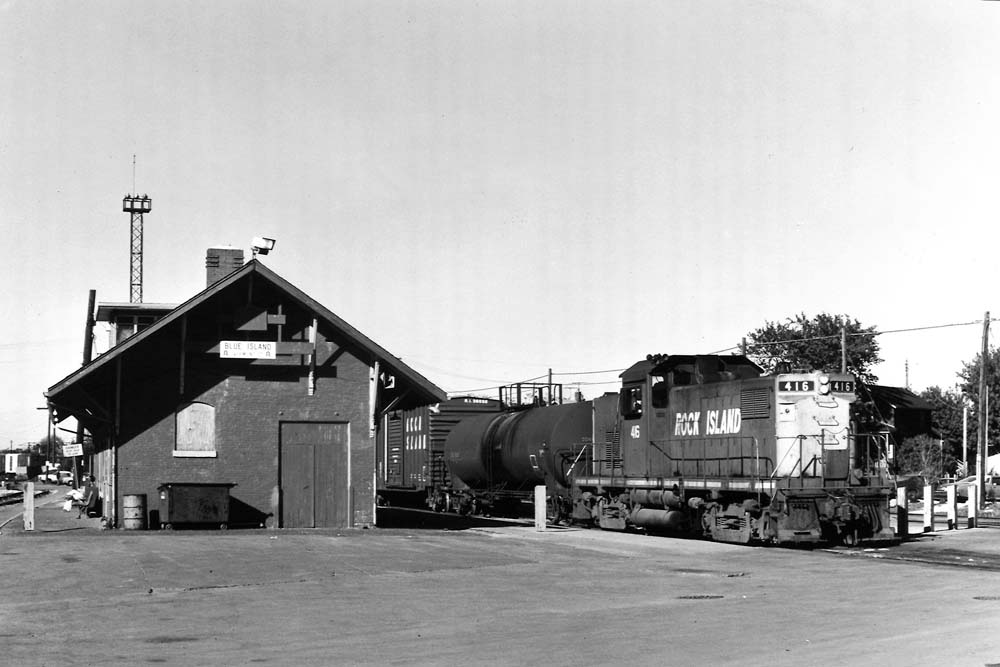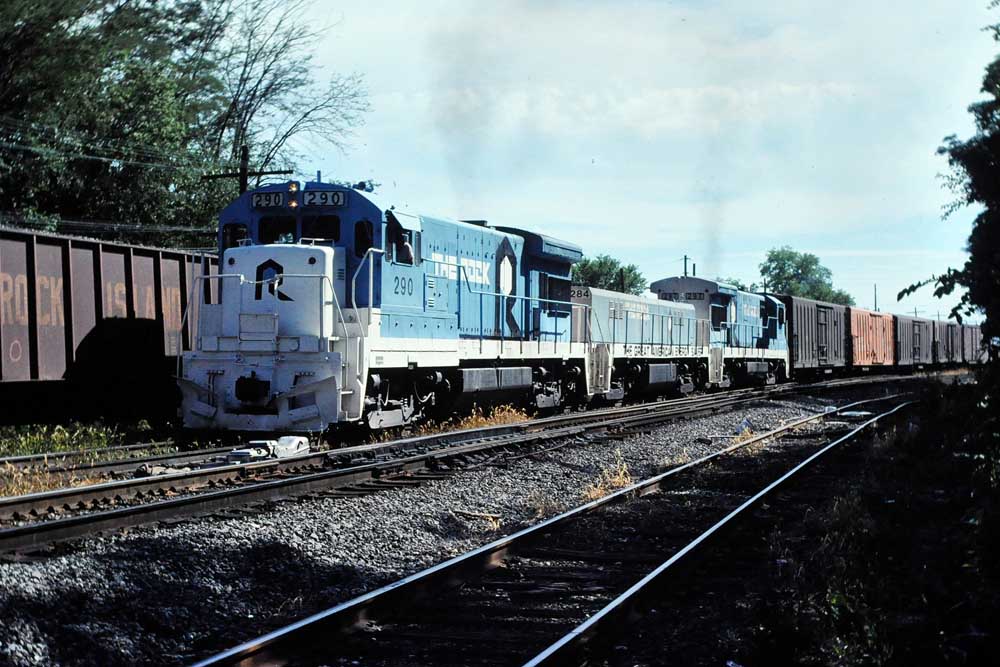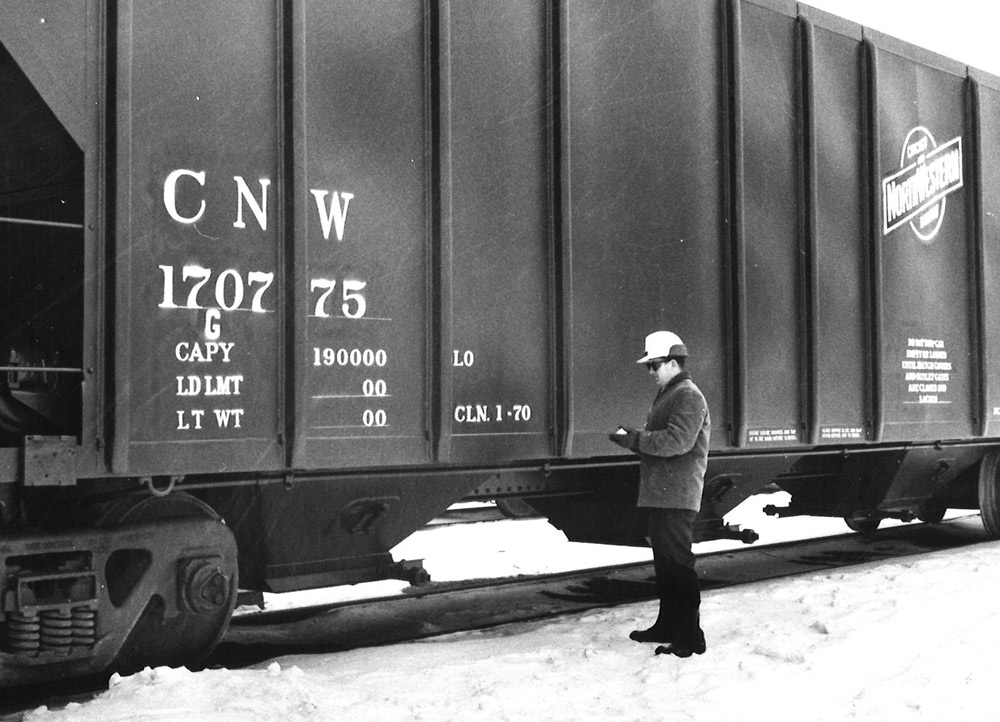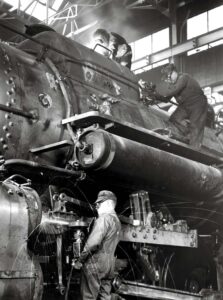
Major railroad labor disputes haunted the nation during the latter part of the 19th century, highlighted by the “Great Railroad Strike,” which spread from Maryland to California in 1877 and the Pullman Strike 17 years later. Both of these bitter conflicts led to multiple deaths and costly physical destruction. The Shopmen’s Strike of 1922-23, however, was less violent and destructive, but it did become the worst railroad labor strike of the 20th century and triggered important management-worker reforms.
Rail labor had made substantial gains during the century’s early years. As progressive era reform matured, though, a growing number of politicians, including many associated with the Woodrow Wilson administration, believed that trade unionism and collective bargaining reduced class conflict. Not only did reformers in 1916 back the Adamson Act — which gave operating personnel and telegraphers an 8-hour day — they included in the U.S. Railroad Administration of 1917–20 the Board of Railroad Wages and Working Conditions, which granted additional labor protections.
Once World War I was over and peace returned, shopmen collectively sought to continue government operations, backing labor’s Plumb Plan of 1919 for nationalization. Instead, Congress passed the Transportation Act of 1920, which returned rail carriers to their owners. The Railroad Labor Board became part of this legislation. Shopmen worried about this, and soon their fears were realized. In June 1921 the RLB recommended a wage cut that averaged 12.5%. It further angered shopmen by endorsing the outsourcing of work, reducing overtime pay, and sanctioning piecework payments rather than the more ruminative salaries.
Tensions mounted. Ultimately on July 1, 1922, the Railway Employees’ Department, a division of the American Federation of Labor, went on strike. More than 400,000 shopmen participated. They were optimistic, believing their stoppage would “seriously hamper railroad operations.” That did not happen. The carriers responded immediately, launching company unions, hiring “scabs,” and pressuring shopmen to remain on the job with the threat of a loss of seniority and other benefits. Moreover, the operating brotherhoods showed limited support. By December, frustrated hard-core strikers increasingly turned to intimation of non-supporters and participated in modest but widespread vandalism.
By mid-1923 the multi-railroad labor strikes mostly had ended, largely with a whimper. The anti-union stand by the industry and aggressive actions of U.S. Attorney General Harry Daugherty, supported by federal judge James Wilkerson, doomed the strikers’ cause. The dispute formally ended for most railroads in March 1924, yet the RED did not call off its strike against an intensely anti-labor Pennsylvania Railroad until September 1928.
Although ill feelings lingered for years among defeated shopmen toward companies and fellow railroaders who failed to support them, their strike created positive legacies. The key accomplishment was the Railway Labor Act of 1926, which established an important precedent for union recognition by abolishing the RLB and instituting collective bargaining machinery with management. There were loopholes, but amendments in 1933 and ’34 by New Deal lawmakers plugged most of those. Notably, company unionism and the use of “yellow dog” contracts, which prohibited workers from joining unions as a condition of employment, were outlawed. The Wagner Act of 1935 further strengthened workers’ rights in non-agricultural sectors, including railroads. While there would be other railroad labor strikes, never again would there be such a bitter industry-wide dispute.






